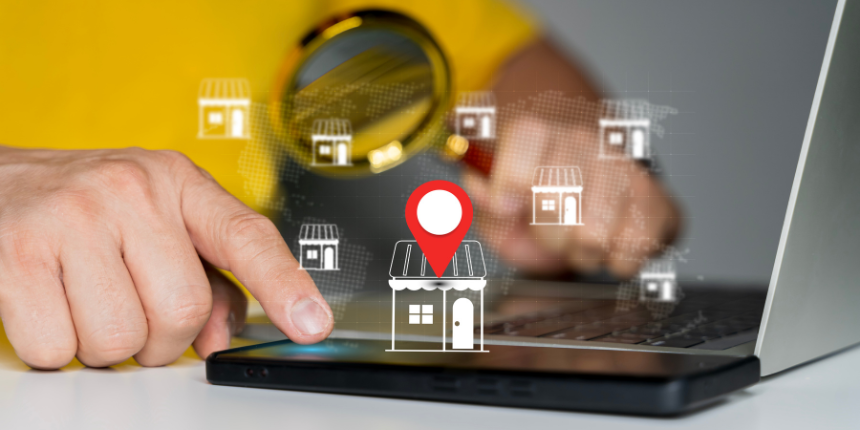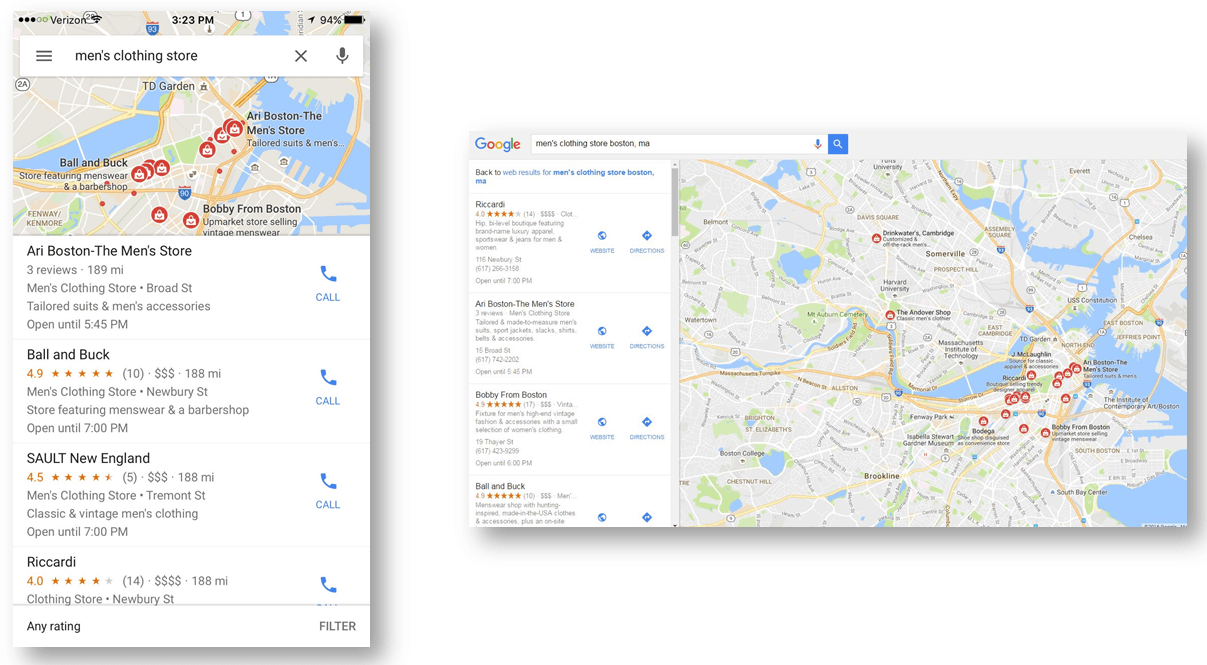
Maximize your local presence through strategic location management.

In part 1 of this series I introduced the concept of local SEO and illustrated its importance to digital marketing. In the second installment, my goal is to provide actionable insights into two questions:
1. Why do regional or local business with a single or small number of locations often outrank large enterprise brands with hundreds of locations (or more) for local discovery and ‘near me’ searches?
2. What important local SEO tactics should enterprise brands implement and track before they can start tackling ‘advanced local SEO 2.0’ strategies?
In the last two months a lot has happened in local SEO regarding Google search enhancements. These changes have amplified the importance of answering the questions identified above.
Major SERP changes hinted at the end of the summer were fully revealed by Google in late September as their Penguin 4.0 upgrade. They also announced new analytics and attribution capabilities around digital/mobile advertising and showcased their ability to accurately track offline local conversions from online advertising. (In other words, Google can now attribute a consumer’s in-store purchase to a search they performed on their phone in a 24 hour window.) So, how does this relate to point #1?
When I perform unbranded local searches in highly populated areas, I’m often impressed by the number of SMBs that show up ahead of major franchises and national brands. For example, if you search “men’s clothing store, Boston, MA”, the first five local results are SMBs – you have to click or scroll below the fold to find major brands like Bonobos, Jos. A Bank, Men’s Warehouse and J. Crew.

Upon closer examination there are some obvious reasons why this is happening.
So what can enterprise businesses do to combat these issues and allow them to compete on both a local and national level?
To answer this we first have to identify the basics. If you’re lacking in these areas as an enterprise brand, this is the place to start:
Traditional SEO, link building and on-page optimization
Subscribe to our monthly newsletter.
SEO teams can get caught up optimizing their site for e-commerce and brand awareness, while neglecting key complimentary tactics that ensure they are winning at local. You still need to have strong domain authority and index your website appropriately, but the brands that are leading the pack are gaining relevant backlinks and publishing pages of content that are unique to each store. They’re also setting up simple navigation and internal linking with the store locator and site map using local SEO best practices. (To see a company that puts this practice to action by making link building for non-profits their mission check out Zipsprout.)
This is more important than ever before because of the release of Penguin 4.0, which allows Google to analyze and interpret specific pages of a website in real-time, vs. focusing every-so-often on how a site is optimized as a whole. Now, if a brand is penalized by Google it will take significantly less time for this to be reflected in searches. This is great for realizing the benefits of improving SEO, but also means organizations now need to be more diligent at continually monitoring their sites’ performance.
GoogleMyBusiness information must be thoroughly optimized for every location
This may seem like a no-brainer in 2016, but it’s amazing how many enterprise brands have claimed most or all of their locations while failing to optimize their listings in every sense of the word. This means:
Correct citations and listings on Tier 1 and niche publishers
Brands need to ensure that major directories and sources of significant potential traffic have the correct listing data for all of their locations. While every publisher accepts location data a little bit differently, it is vital that the consistent and correct location data is found on Google, Bing, Apple and Facebook (the same information that is found on your store locator and landing pages).
Beyond that, there are other Tier 1 directories that make sense for certain businesses, but not all. These include Yelp, Foursquare, YP.com, Yahoo, TripAdvisor, Nokia/HERE, Better Business Bureau and Angie’s List. While it used to be considered important to gain citations on Tier 2 publisher sites (creating a total of 30 or even 100s of citations), many newer studies are questioning the necessity of citations on sites that drive almost no, or literally no, traffic.
Reviews
This one is pretty simple. Work on getting reviews for all your locations on Google, and other major review sites such as Yelp or Foursquare. Also, respond to all reviews, positive or negative, to show active participation with your consumers. If you don’t have a strategic process in place to encourage reviews, talk to your digital agency.
Once you’ve focused on the four areas above, you’re ready for Local SEO 2.0 tactics and best practices for enterprise brands with many locations. Stay tuned for the conclusion of why local SEO is such a vital component of your digital marketing strategy.
Click here to read the third part of this series. If you have any comments or other scenarios I’m not thinking of, leave your thoughts or reach out to us on Twitter at @dac_group.
Contact DAC today to find out more!
Maximize your local presence through strategic location management.
Maximize your local presence through strategic location management.
Subscribe to our monthly newsletter.